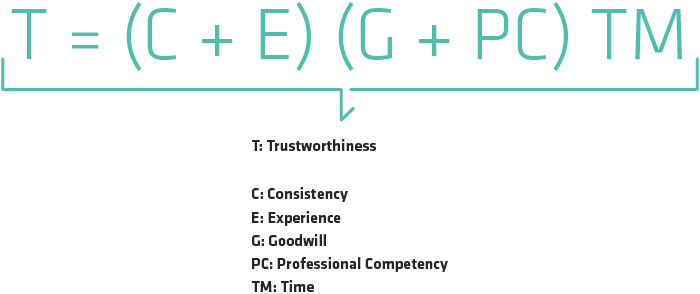-
The views expressed herein do not constitute research, investment advice or trade recommendations and do not necessarily represent the views of all AB portfolio-management teams.
Proving Your Value to Skeptical Clients
20 March 2018
2 min read
The Trust Equation


About the Author